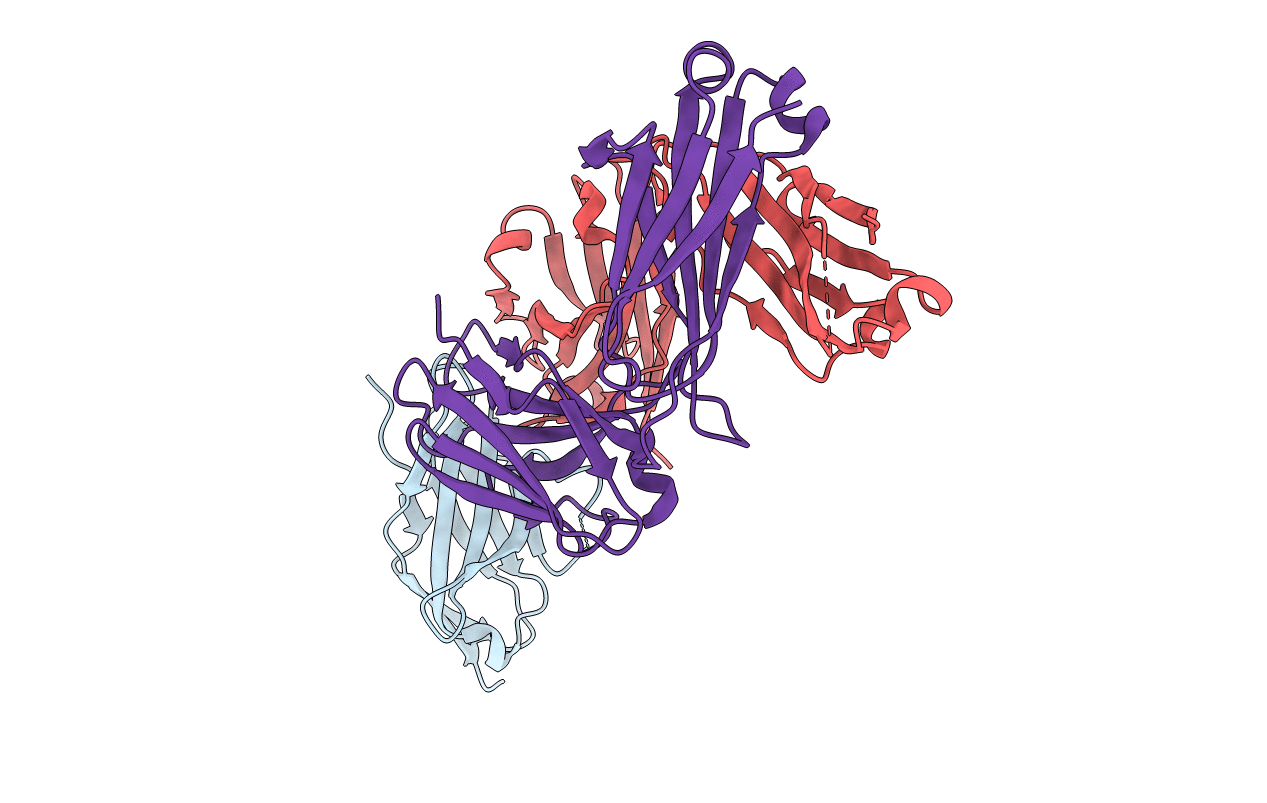
Deposition Date
2022-01-30
Release Date
2022-08-24
Last Version Date
2024-11-06
Method Details:
Experimental Method:
Resolution:
1.53 Å
R-Value Free:
0.17
R-Value Work:
0.16
R-Value Observed:
0.16
Space Group:
P 1


